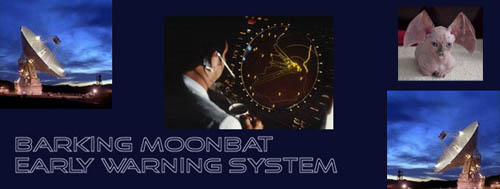
Britain’s best female diver for more than 20 years, and eye candy too.
Yup, fiber is a bigger, fatter pipe. It’s not so much the speed but more volume of stuff you can fit through it without slowing down. Very handy if you’re downloading big files or have multiple people/machines doing things at the same time.
Posted by TimO 02/20/2012 at 08:59 AM
02/20/2012 at 08:59 AM
TimO
I had read that fiber is glass as thin as human hair. Where’s the fatter come in? Keeping in mind that until I started with BMEWS, I was under the impression that a toaster was high tech. Well ok. At least our microwave.
And I have only recently discovered Photoscape.Peiper, he means fatter as in “fatter bandwidth”; the glass fiber wires can carry many more signals than can a length of coaxial signal wire, ie “cable”. And that’s just a plain white light signal. In truth, the light can be broken into spectral ranges, so you can get ROYGBIV and then some, often 16 or 32 discrete signals sharing the same hair thin fiber at one time. Now bundle 5,000 fibers into you typical 1.5” thick cable ... that’s FAT.
Coaxial cable is subject to some of the same issues plain old copper wire is: bleeding, static, electromagnetic distortion, etc. Fiber doesn’t have these, but it has a few problems of its own.
In truth, many of the cable companies are going fiber throughout most of their networks, and only going “cable” the “last mile” to your house the same way that the phone company does with copper wire.
And if what TimO said still isn’t clear, recall that the internet is a “packet switched network”. This means that everything - posts, emails, pictures, even your voice if you have VOIP telephone service - gets broken up into little chunks of data called packets, and then sent on its merry way. Some go this way, some go that way, some go over there ... and they all travel at the same exact speed, C, the speed of light, whether they’re carried by cable, fiber, or copper wire. Then all the packets arrive, get sorted into their proper order, and appear as if by magic on your computer.
By breaking the data into packets it can be sent ever so much faster overall, because your single stream of data can go on 10,000 different cables, here, there, and everywhere. Break it into enough pieces, and all data - regardless of size!! - arrives in zero time. In theory. Reality isn’t quite that good because several billion other folks are sharing those same signal paths, so you’ve got to wait a bit sometimes. But in general the higher your ISP’s ability to packetize your data, the faster you will be able to upload and download stuff.
Waveguide is the future!
Next entry: this is where freedom dies with a boot stamping on its face
Previous entry: Unemployment Makes You Crazy